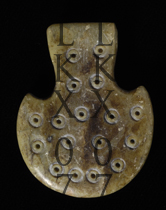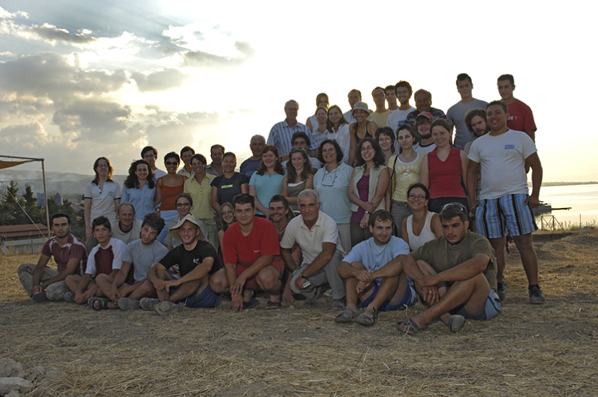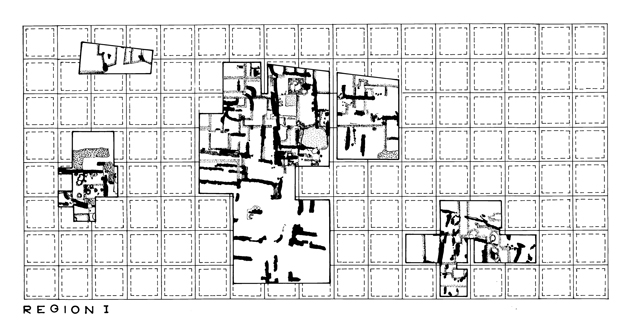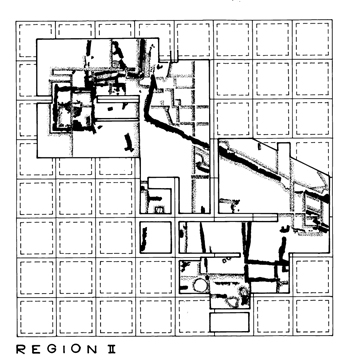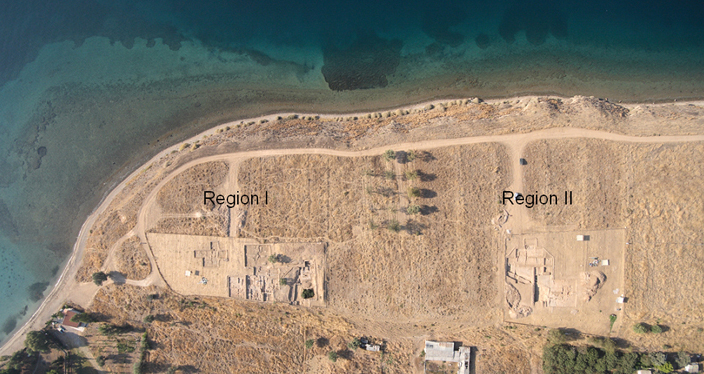|
|
||||||
|
LEFKANDI-XEROPOLIS 2007 SEASON
Director: Dr Irene S. Lemos Reader in Classical Archaeology, and Fellow of Merton College, Oxford. Excavation team: Field Sub-Director: Dr Doniert Evely (BSA) Trench Supervisors: Christina Bouthhillier (Cambridge); Samuel Farnham (Nottingham); Rachel Howcroft (Bradford); Dr Katerina Kolotourou (Temporary Lecturer, the University of Edinburgh); Dr Antonios Kotsonas (Temporary Lecturer, Rethymno); Dr Antonia Livieratou (Post-Doctoral Researcher), David Mitchell (Oxford); Dr Marina Thomatos (Temporary Lecturer, New York University). Trench and Apotheke Assistants: Marc Bajema (Leiden); Noa Corcoran-Tadd (Cambridge); Florentia Frankopoulou (London), Alice Gardner (London); Sabine Geissler (Edinburgh); Artemis Georgiou (Oxford);; Emma Johnston (Liverpool); Emma Jones (Oxford); Kristin Leith (London); Matthew Lloyd (Oxford); Rachel McCombie (Oxford); Lou Magazzu (London); Charlie Nichols (Oxford); Eleftheria Pappa (Oxford)); Albert Sibthrope (Oxford); Caroline Thurston (London); John Tully (Harvard). Specialists: Apotheke coordinator: Holly Parton (BSA) Pottery specialist: Dr Irene S Lemos Architect: Dr Alexandros Gounaris (B’ Ephoreia, Attica/ University of Thessaly) Surveyor: Theodore Hadjitheodorou (Ministry of Greek Culture-Palaeontology and Caves). Earth Sciences: Professor Donald Davidson (Stirling) Archaeobotanical experts: Georgia Kotzamani (Ministry of Greek Culture - Palaeontology and Caves); Alex Livarda (Leicester) Animal Bones Expert: Eleftheria Christodoulou (Ministry of Greek Culture -Ioannina) Shells’ Expert: Tatiana Theodoropoulou (Paris and University of Thessaly) Conservators: Ageliki Kostaki (London); Eleni Malouchou (Athens) Draftswoman: Roxana Duscan Photography: Ian Cartwright (Oxford); Aerial Photography: Kostas Xenikakis (Athens)
Preliminary Report 2007 In 2007 both Regions I and II were extensively investigated. Our aims this year were to investigate further the Early Iron Age structures in Region I – namely the Iron Age ‘Megaron’ and the complex in Area P. In Region II, the aim was to extend excavation in the area of the ‘Wall’ in order to understand its function, extent, and date. In the course of the excavation some thirteen new trenches were opened (most of them in Region II). In all some 600 sq m were investigated. Before the start of the dig, a series of seminars and talks were given to the students on excavation techniques and recording. In the following six weeks intensive excavation took place. In the last week of the operation and after the end of the excavation the site was prepared so as to be protected from rain in the winter and vegetation in the spring. In both Region I and II, standing walls were rendered sensitively and other walls were covered with cloth and earth. The ‘Apotheke’ The 2007 excavation produced 778 pottery excavated units which together with the 2006 backlog were all processed and cleaned. The Director provided preliminary study of the pottery and gave dates to the necessary units for the needs of the running of the excavation. A digital and a data-base recording were also completed. Some 700 soil samples were also processed this year. Preliminary studies were also undertaken by the experts in animal bones and shells. Professor Davidson was also at the site taking soil samples. Region I In Region I the focus of the excavation in Area M was inside the ‘Megaron’ which was discovered in 2006. In the course of the excavation, the outline of the LH IIIC building under its Early Iron Age successor was revealed together with its floors and some of its furniture. The plan of this earlier structure appears to be again of a long and rectangular building. It was divided into three main parts: a Main and Central Room which was flanked to the south by two smaller compartments and to the north by another Room which today is mostly lost because of later activities and the erosion of the hill.
This year it also became evident that both the LH IIIC building and the Early Iron Age ‘Megaron’ differ in their orientation from the earlier LH IIIC houses found on Xeropolis. Such differences in both their plan and orientation imply that these buildings stood out from the rest, indicating that they had a different and perhaps central function to play in the transition from the Late Bronze to the Early Iron Age. Area P in Region I was further investigated this year enabling us to define the phasing of the complex and its long history of use from the LH IIIC-Lefkandi / Phase 3 to the Late Geometric II / Archaic periods. Region II Here the significance discoveries made last year continued: the ‘Wall’ discovered in 2006, was found to have an extension to the east (in Area S). Its further limits are unknown (as we do not own the plot where it might continue) but at present its length is some 30 m long. Even more surprising was the discovery of a second ‘Wall’ to the south of the already discovered, suggesting that Xeropolis has a more complex system of ‘fortification’ of a considerable size. The dating of both covers the Late Bronze and the Early Iron Age.
Further to west in Region II, the discovery of remarkable new ‘Structures’ in Region T can only at present considered unparalleled in the local or in general Aegean architecture of such an early stage (again Late Helladic IIIC to Early Protogeometric). The function of these ‘Structures’ can be tentatively suggested as ‘ritual’ though more work is required here to clarify further such intriguing possibilities. In Region II, the excavation focused on the area around the ‘Wall’ which was unrevealed in 2006. The significance of the area was further increased after the discovery of the deposit of figurines in a ‘hallow’ to the north of the ‘Wall’. Thus part of the investigation concentrated to the north in the area of the ‘hollow’ mentioned above but work also extended into two new areas, namely Area S to the east and Area T to the west.
Home > New Excavations >2007 Season> 2007 Season Region I
Copyright © 2009, http://lefkandi.classics.ox.ac.uk/ |

